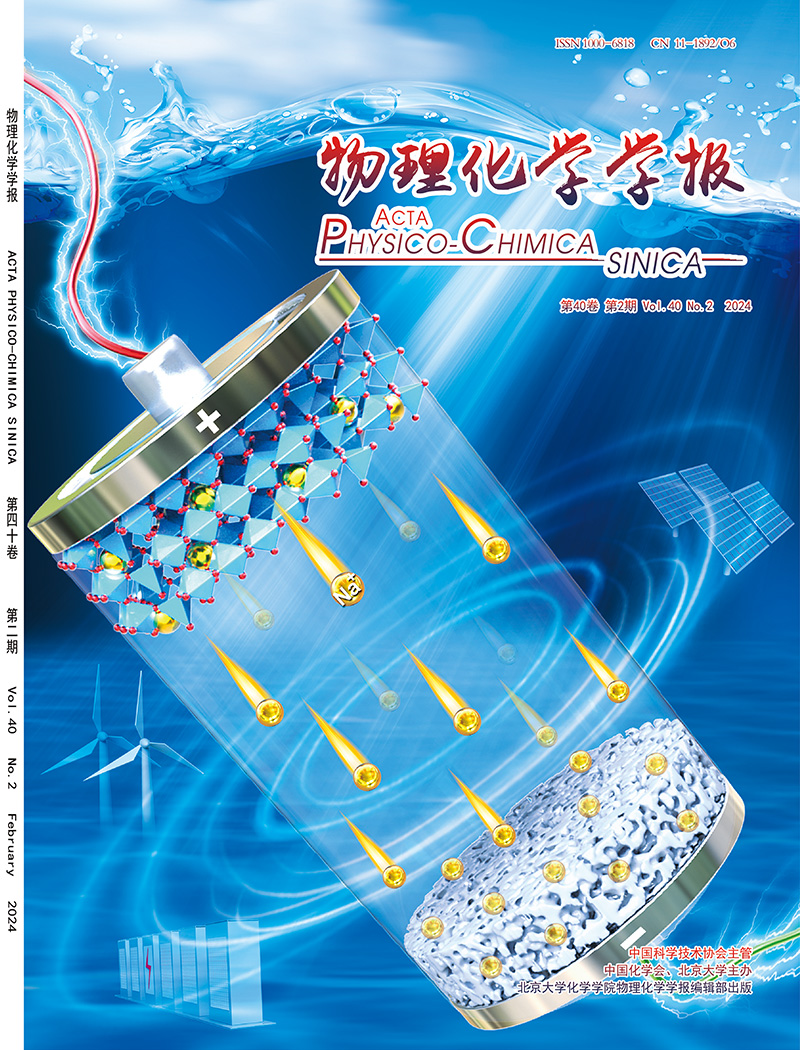Transition Metal Oxides/Chalcogenides for Electrochemical Oxygen Reduction into Hydrogen Peroxides
IF 10.8
2区 化学
Q1 CHEMISTRY, PHYSICAL
引用次数: 0
Abstract
Electrochemical oxygen reduction reaction via the two-electron pathway (2e-ORR) is becoming a promising and sustainable approach to producing hydrogen peroxide (H2O2) without significant carbon footprints. To achieve better performance, most of the recent progress and investigations have focused on developing novel carbon-based electrocatalysts. Nevertheless, the sophisticated preparations, decreased selectivity and undefined active sites of carbon-based catalysts have been generally acknowledged and criticized. To this end, transition metal oxides and chalcogenides have increasingly emerged for 2e-ORR, due to their catalytic stability and tunable microstructure. Here, the development of metal oxides and chalcogenides for O2-to-H2O2 conversion is prospectively reviewed. By summarizing previous theoretical and experimental efforts, their diversity and outstanding catalytic activity are firstly provided. Meanwhile, the topological and chemical factors influencing 2e-ORR selectivity of the metal oxides/chalcogenides are systematically elucidated, including morphology, phase structures, doping and defects engineering. Thus, emphasizing the influence on the binding of ORR intermediates, the active sites and the underlying mechanism is highlighted. Finally, future opportunities and challenges in designing metal oxides/chalcogenides-based catalysts for H2O2 electro-synthesis are outlined. The present review provides insights and fundamentals of metal oxides/chalcogenides as 2e-ORR catalysts, promoting their practical application in the energy-related industry.
- Download: Download high-res image (140KB)
- Download: Download full-size image
电化学氧还原成过氧化氢的过渡金属氧化物/硫族化合物
通过双电子途径(2e-ORR)的电化学氧还原反应正在成为一种有前途的、可持续的生产过氧化氢(H2O2)的方法,而不会产生显著的碳足迹。为了获得更好的性能,最近的大多数进展和研究都集中在开发新型碳基电催化剂上。然而,碳基催化剂制备复杂、选择性降低和活性位点不明确等问题一直受到普遍的认可和批评。为此,过渡金属氧化物和硫族化合物由于其催化稳定性和可调的微观结构而越来越多地出现在e- orr中。本文对金属氧化物和硫族化合物在o2 - h2o2转化中的研究进展进行了展望。在总结前人理论和实验成果的基础上,提出了它们的多样性和突出的催化活性。同时,从形貌、相结构、掺杂和缺陷工程等方面系统地阐述了影响金属氧化物/硫族化合物对e- orr选择性的拓扑和化学因素。因此,强调对ORR中间体结合的影响,活性位点和潜在机制被强调。最后,展望了金属氧化物/硫族化合物基H2O2电合成催化剂设计的机遇和挑战。本文综述了金属氧化物/硫族化合物作为2 - orr催化剂的基本原理和认识,促进了其在能源工业中的实际应用。下载:下载高清图片(140KB)下载:下载全尺寸图片
本文章由计算机程序翻译,如有差异,请以英文原文为准。
求助全文
约1分钟内获得全文
求助全文

 求助内容:
求助内容: 应助结果提醒方式:
应助结果提醒方式:


